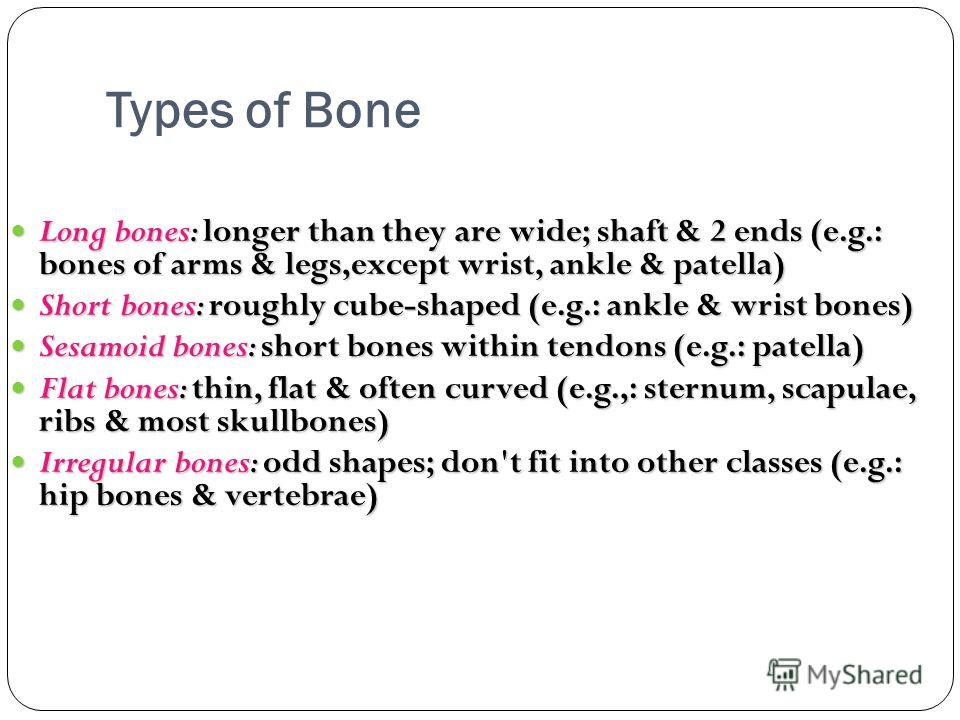
Their number, size, shape, and position vary according to bone type. Histologically, they have long and delicate cytoplasmic processes and small nuclei, not always visible in every plane of section. Their cell processes are fundamental to allows osseous tissue to be responsive to the mechanical and metabolic organism constraints. Osteocytes have a widespread distribution.

The mineral content is chiefly hydroxyapatite crystals composed of mainly calcium and phosphate ions but can occasionally have sodium and carbonite as well. Once the osteoid is mineralized, the precursor cells get surrounded by organic intracellular substances called lacunae to become fully developed and matured into osteocytes. They have a conspicuous nucleolus and a prominent perinuclear halo (developed Golgi apparatus). When active, they are polyhedral, with abundant basophilic cytoplasm intimately in contact with the bone. Osteoblasts morphology is closely related to their metabolic status. Furthermore, they initiate and regulate matrix mineralization and control the neighboring bone cells activities.

Osteoblasts function in the production, transport, and arrangement of the osteoid matrix. It forms from osteoblasts, the main cellular component of bone. Type 1 collagen is a non-calcified matrix designed to resist the tension experienced by the weight-bearing functions of bone. As a specialized connective tissue, bone is comprised of mainly type 1 collagen fibers and inorganic salts.


 0 kommentar(er)
0 kommentar(er)
